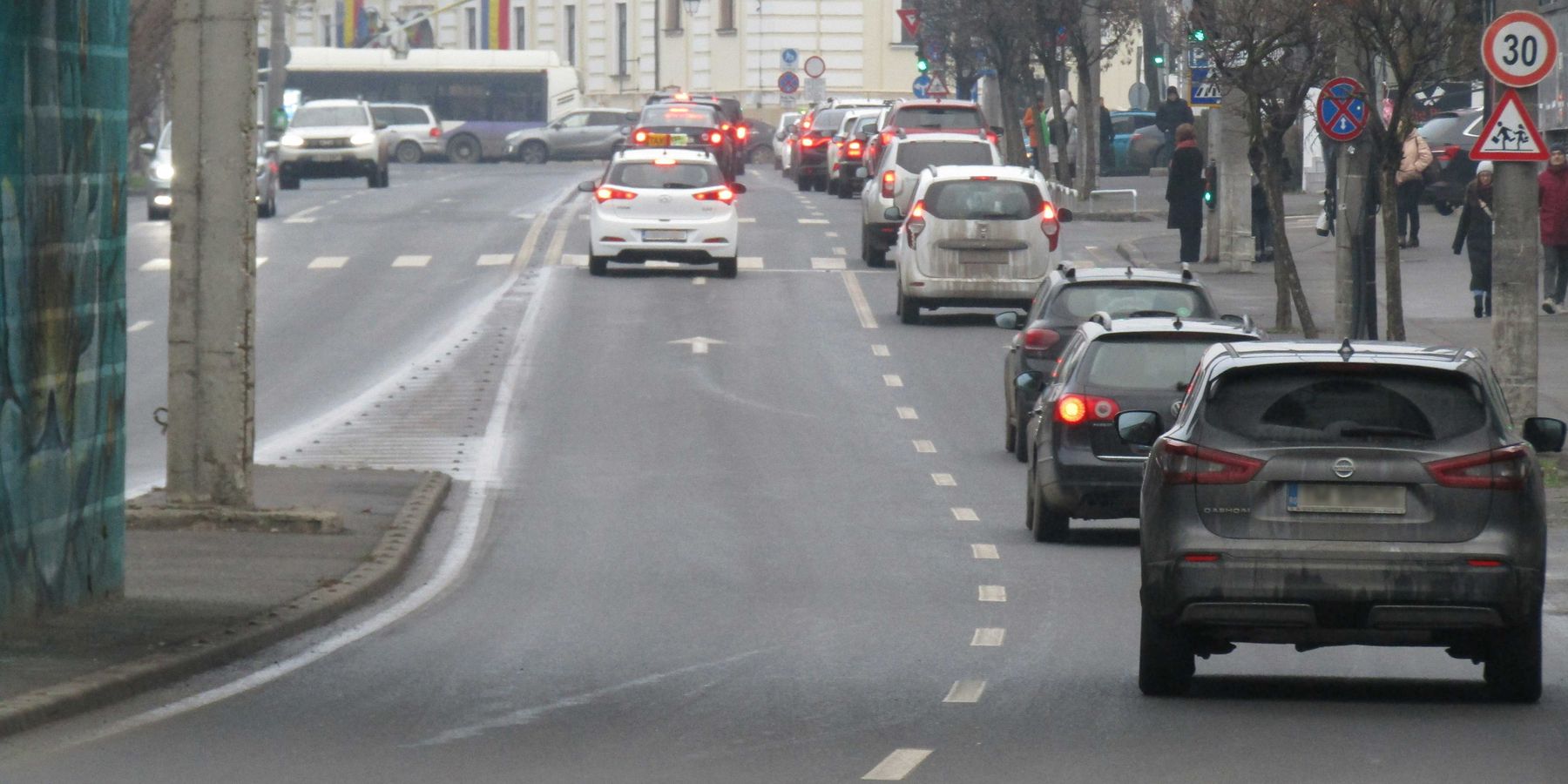EU’s $750 billion pledge for U.S. energy imports faces steep hurdles
The European Union agreed to buy $750 billion in U.S. oil and gas to avoid a trade clash with President Donald Trump, but analysts say supply limits and logistical barriers make the goal unattainable.
Victor Jack reports for POLITICO.
In short:
- The EU currently imports about €76 billion in U.S. energy annually and would need to triple purchases, displacing cheaper suppliers like Norway.
- U.S. oil and gas exports total about $166 billion a year, far below what would be required to meet the EU’s pledge.
- EU refineries cannot process large volumes of U.S. crude, and the bloc lacks authority to compel private companies to buy American energy.
Key quote:
“The numbers are just beyond wild.”
— Laura Page, senior analyst at Kpler
Why this matters:
Energy trade commitments on this scale reshape global supply lines and can ripple through fuel prices worldwide. Europe’s turn to U.S. oil and gas highlights its scramble to replace Russian supplies while curbing exposure to hostile regimes. But U.S. infrastructure and export capacity are already stretched, and shipping bottlenecks add more uncertainty. Higher demand from Europe could raise costs for American consumers and strain climate goals on both sides of the Atlantic, since increased fossil fuel use undercuts plans to cut emissions. The deal also illustrates how geopolitics, rather than energy efficiency or sustainability, can drive policy, leaving households and industries vulnerable to sudden swings in energy prices.
Related: US gas exporters face EU methane rules as trade talks reach deadline













